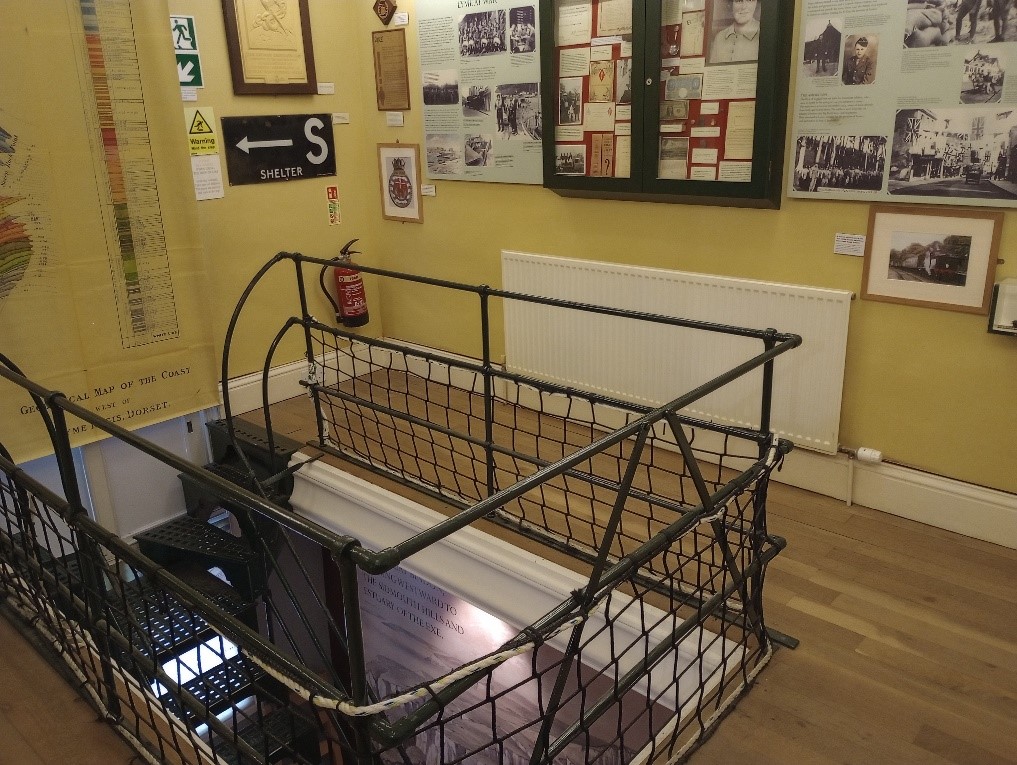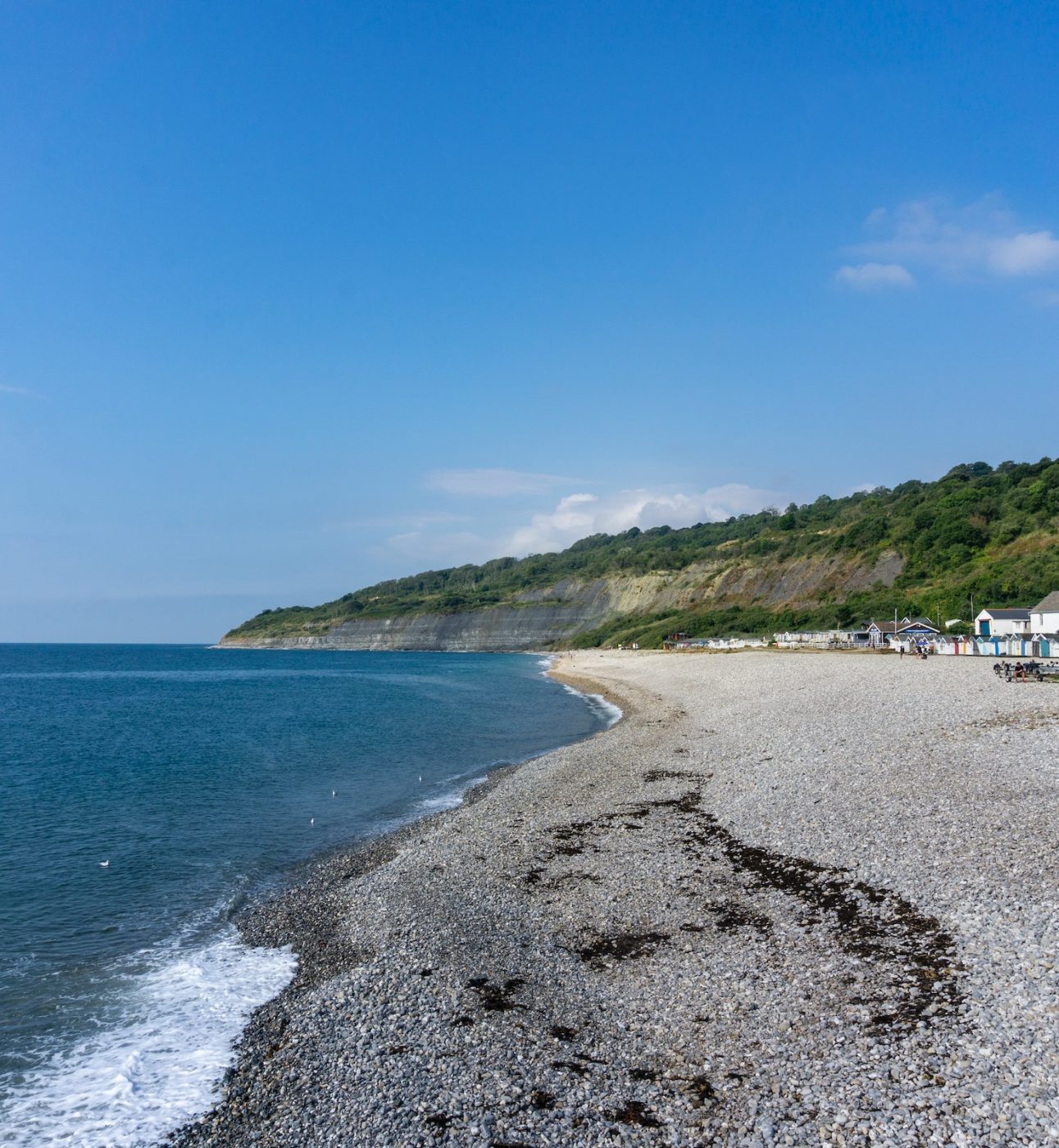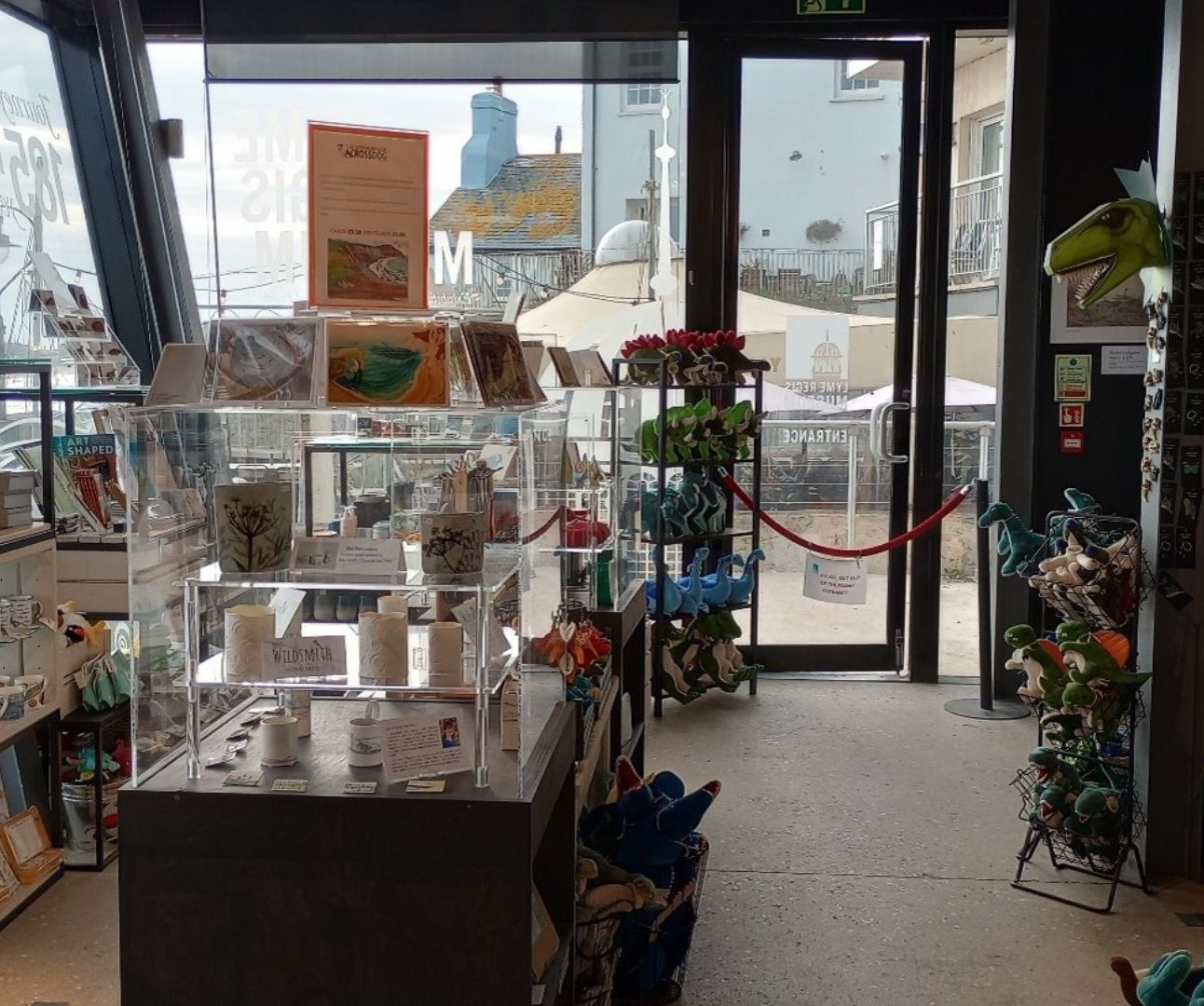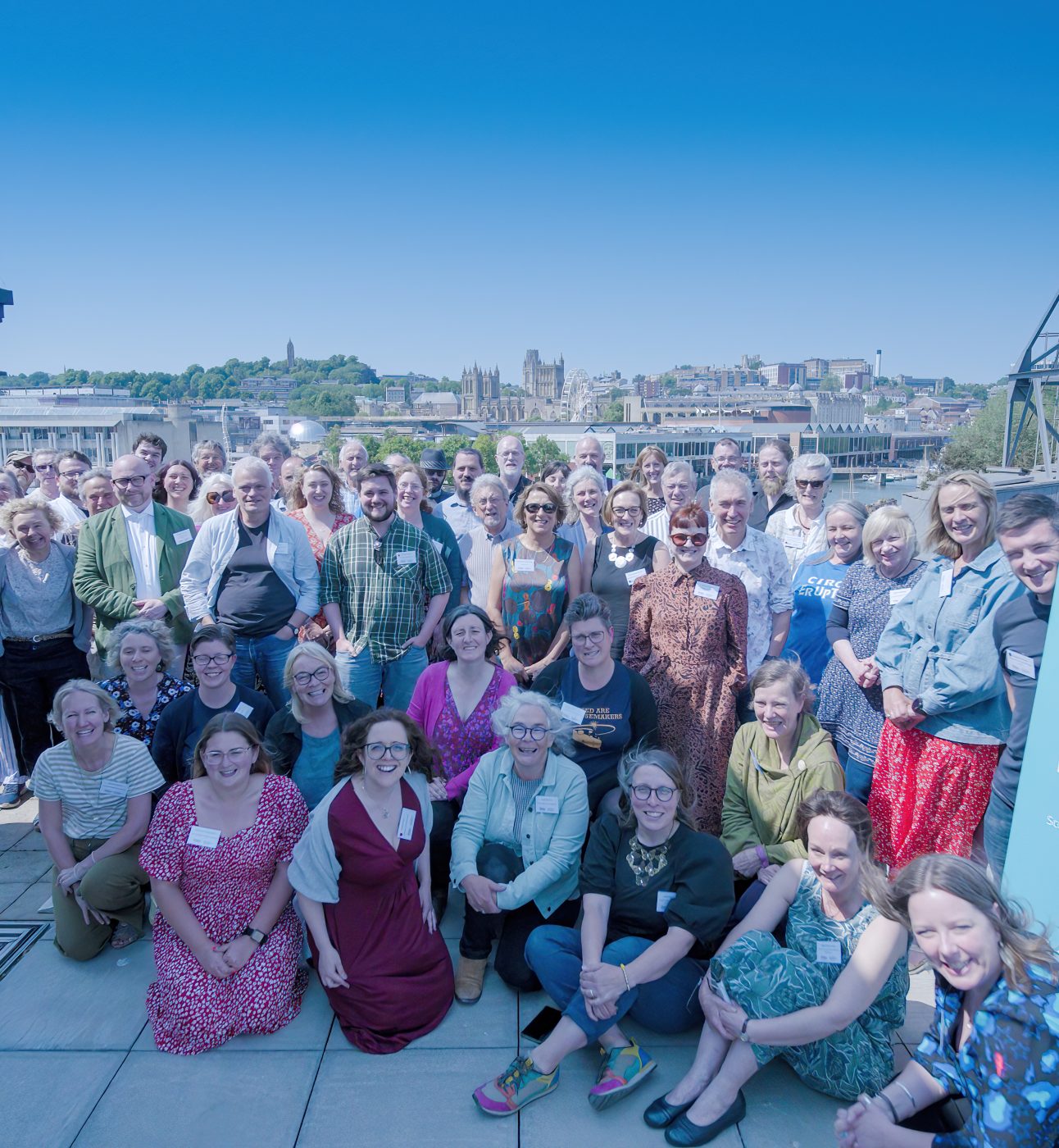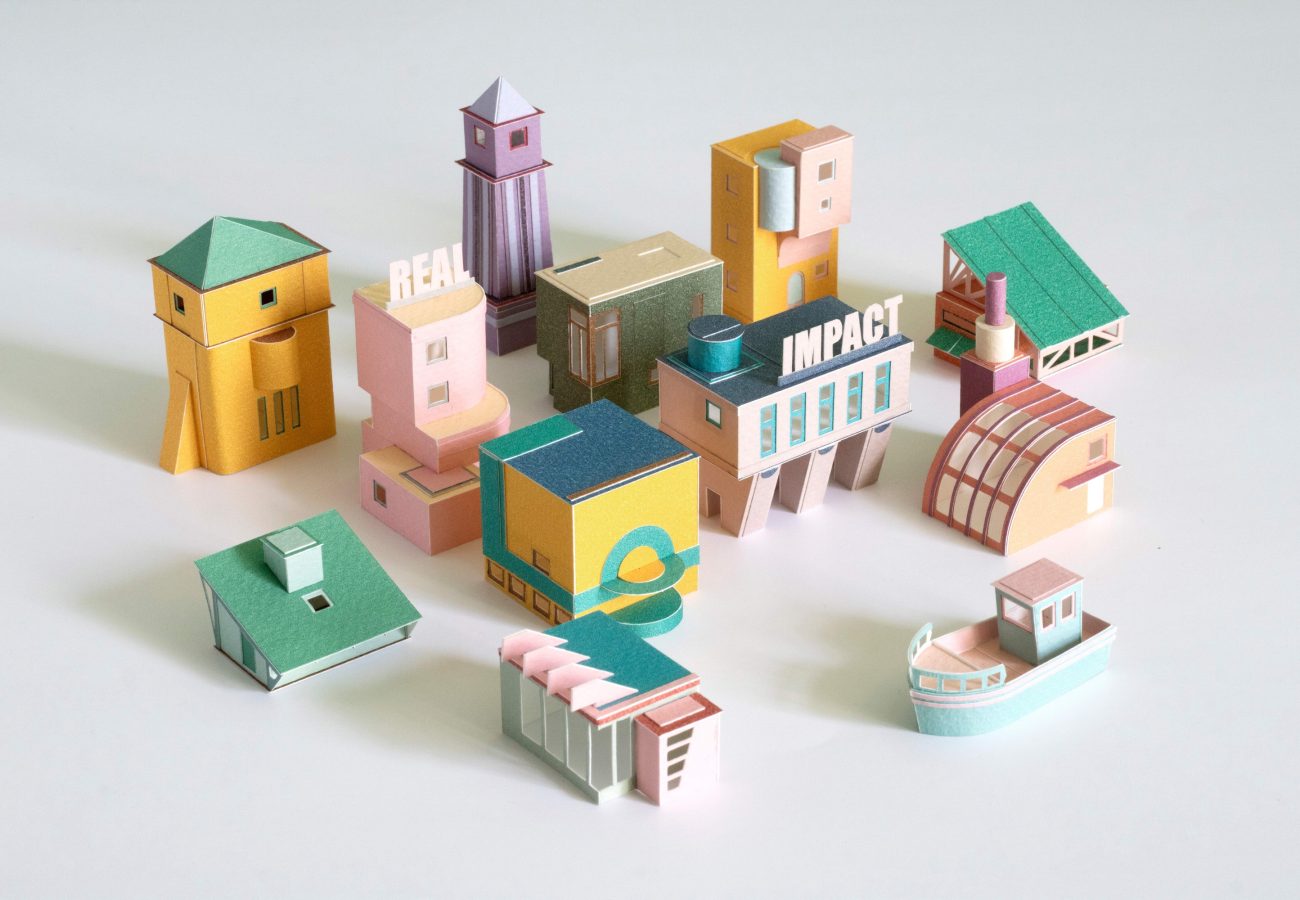Evolving Beyond Traditional Displays
The project aimed to create engaging experiences through walks and creative activities, encouraging participants to explore and connect with the coastal and marine environment of Lyme Bay.
The project focussed on the creation of a few experiences that offered visitors different ways of exploring, through a combination of walks and creative activities, inspired by the location on the shore. The project unfolded as a dynamic journey, offering time for reflection and adaptation. The Steps to Sustainability team’s responsiveness to the museum’s constraints during the pandemic demonstrated a unique funder-recipient dynamic, prioritising the museum’s needs over rigid timelines.
The initiation was sparked during the “Museum at Home” initiative in the midst of the pandemic. This, coupled with the success of fossil walks, fuelled contemplation on expanding connections between people, the museum, and Lyme Regis. The Steps to Sustainability programme aligned perfectly, arriving at a crucial juncture for generating income through engaging experiences.
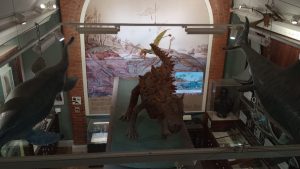
Programme Impact
We interviewed Bridget Houseago, Director of Lyme Regis Museum, about her experience with the Steps to Sustainability programme:
The small team at Lyme Regis found solace in the vast network provided by the programme. Access to shared experiences and the freedom to reflect during quieter months was invaluable. The programme accommodated the museum’s pace and acknowledged the diversity among participating organisations.
The project generated significant additional income, reinforcing the museum’s financial sustainability. The lessons and skills acquired enabled the museum to identify new income streams and navigate challenges, ensuring a stable future.
The project surpassed its original objectives, triggering indirect impacts. A fresh look at retail offerings resulted in increased sales. For instance, the development of a ‘Mary Anning’ image became a versatile brand for various retail products. The project’s impact extended beyond immediate goals, enhancing the overall visitor experience.
Bridget acknowledged that it can be so hard for small museums to truly have a voice. Often with project funding they are being held to the same requirements as larger operations, but this programme was moulded around their needs and acknowledged that while there is a lot of commonality, there are many differences too. She reflected that this model felt far more effective.
The team’s stand-out moments from the programme were:


